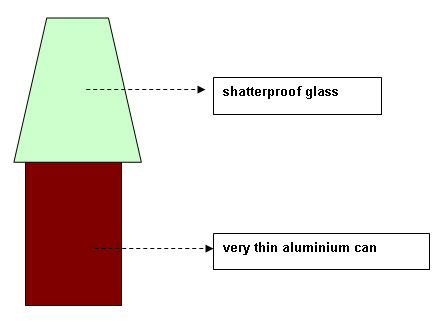Session 3: Passive Safety in Air Transportation
Objective1: To give to the students the general concept of passive safety inside the air-transport
Objective2: To show to students devices and procedures utilized to manage passive aeronautical safety
Objective3: To give to the students an insight on applied research on passive safety in aeronautic
Material:
- Multimedia blackboard + Power Point Like Software
- Photo and or videos
- Materials for experimentation
Duration:
30 minutes
Developing of Activity
- Expose to the students the passive safety problem by the story of a flight by a group of students
- Show to students photos/videos aeronautical accidents
- Show to the students photos/video of passive safety research
- Ask the students questions about passive safety in aeronautical transportation
Results of Activity
- Definition of Passive Safety (Crashworthiness)
- Description of devices and procedures for aeronautical passive safety
- Give the students an insight about applied research in aeronautical passive safety
Experiment: The FALL of a glass with and without a can
Description
Take an shatterproof glass. Make it to fall from some height. You will see it to break. Put it on the top of a very thin aluminium can. Make them to fall again. You will see that the glass will not break anymore.

Figure 20 glass and can
Explanation
When the glass without the aluminium can falls, the kinetic energy makes it to be broken. When the glass falls on the top of the aluminium can, the kinetic energy transforms itself into deformation energy of the can. So the impact forces on the glass don’t have the value to break the glass.
Results
In a crash of an airplane, the structures, adequately designed will adsorb the vertical kinetic energy of the airplane. So the deceleration (forces) on human body (inside) will not cause fatal or sever injuries.µ
So passengers and crew could survival even the airplane is destroyed.
